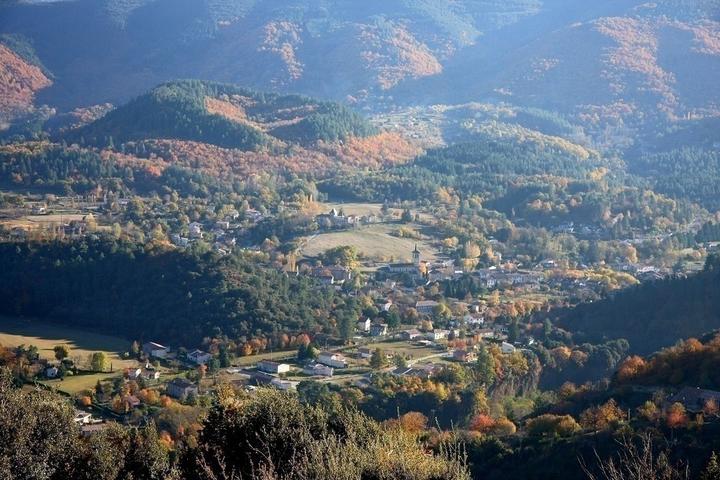Carboniferous basin of Prades-Jaujac-La Souche
Coal basin (carbon composition) oriented east-west, twenty kilometers long between La Souche and Lalevade, and a few hundred meters wide at 1200 meters.
The coal basin of Prades-Jaujac consists of lacustrine sedimentary rocks deposited in the Upper Pennsylvanian (307-299 million years).
In the Carboniferous, the region between Lalevade and La Souche is covered with a vast, shallow, marshy lake with thriving vegetation. This stretch of water is surrounded by drier ground, also covered by a large flora. The bottom of the lake is subjected to recurrent subsidence movements, producing a collapse of plants and their death. These are covered by a layer of alluvium, and the cycle begins again, causing the alternation of the sedimentary layers that can be observed today. Different rocks are visible, of varying grain size and composition: conglomerates, sandstones, and silts.
Interposed between these layers, the plants were transformed into charcoal by a weak phenomenon of metamorphism, combining chemical, biochemical and mechanical actions. At the end of the Carboniferous, deformations affect the basin by folds and faults, making the exploitation of coal in the 19th century difficult.
Période d'ouverture
All year round.Prestations Visites Individuelles
Unguided individual tours available permanentlyPrestations Visites Groupees
Unguided group tours available permanentlyVisitable
YesGratuit
YesNear
Source des données

Données mises à jour le Mar 21, 2024 00:30:31



















